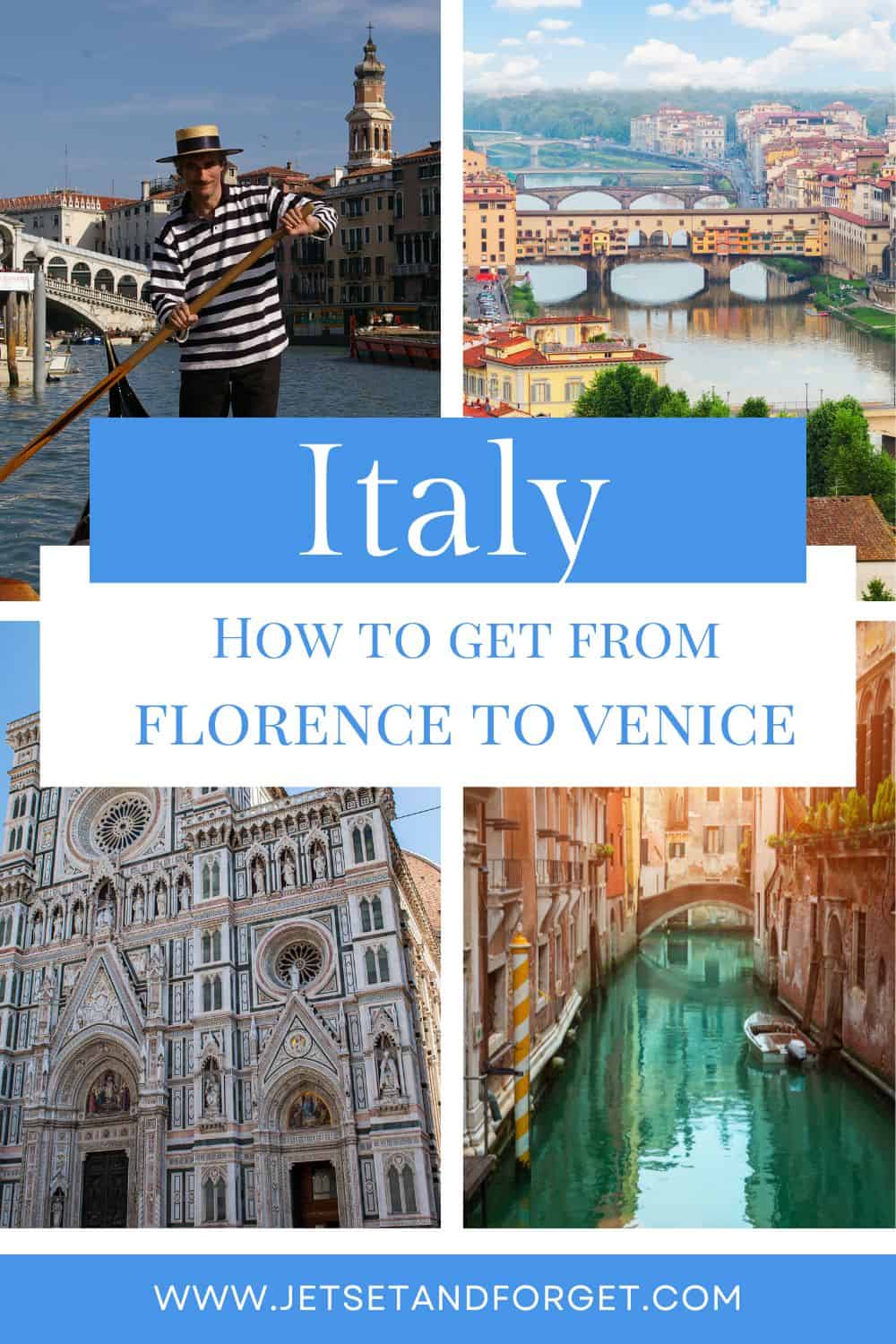Are you planning a trip from Florence Italy to Venice Italy? Then you’re in for an amazing journey between two of Italy’s most iconic cities.
I had the pleasure of visiting Venice for the first time in 2023 and I immediately fell in love with the city. This was during a road trip from Germany to Italy. On my return trip, I took the train.
Whether you’re seeking the fastest route, the most budget-friendly option, or a scenic adventure, there are several ways to make the trip. In this guide, I’ll share my personal experiences and insights to help you choose the best travel option and ensure your journey is as smooth as possible.
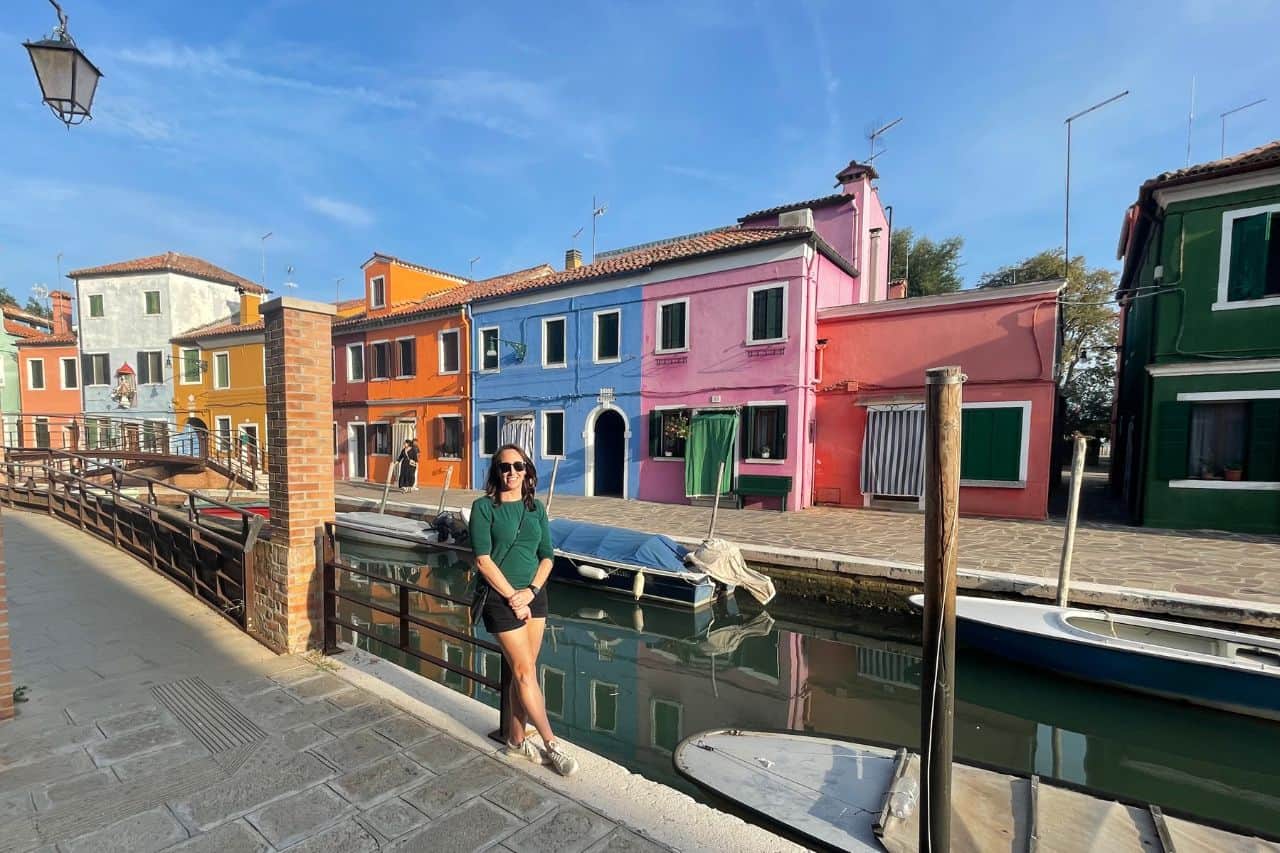
Why Visit Venice and Florence?
Visit Venice and Florence for their rich history, stunning architecture, colorful art scenes, and unique cultural experiences that can’t be found anywhere else.
I love taking the free walking tours (offered by most hostels) and also paid food and bike tours. Usually on my first day in any new city, I take a walking tour. It helps me to get the lay of the land and a brief history of the area.
If you take the train, you could easily take a day trip to Venice from Florence as well!
Check out my first-timer’s 10-day itinerary for Italy which covers both Florence and Venice to help you plan your next trip.
Venice – The Floating City
Venice is a city like no other, famous for its romantic canals, historic charm, and unique atmosphere. I was blown away by its beauty and I need to return and stay longer next time, as I was only there for three days.
Dating back to the 5th century, Venice offers centuries of art, architecture, and culture to explore. You can take a peaceful gondola ride through the canals, visit iconic landmarks like St. Mark’s Basilica and the Rialto Bridge, or wander through the charming streets to discover hidden gems.
Don’t miss a visit to the Doge’s Palace or a trip to the nearby islands of Murano and Burano, known for glassblowing and colorful houses.
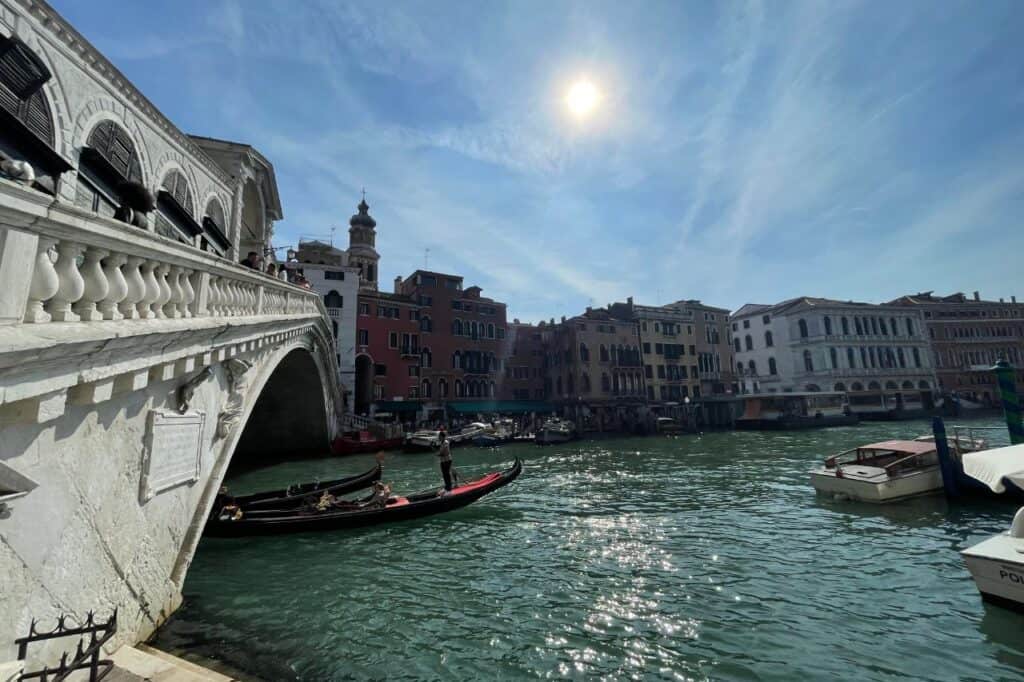
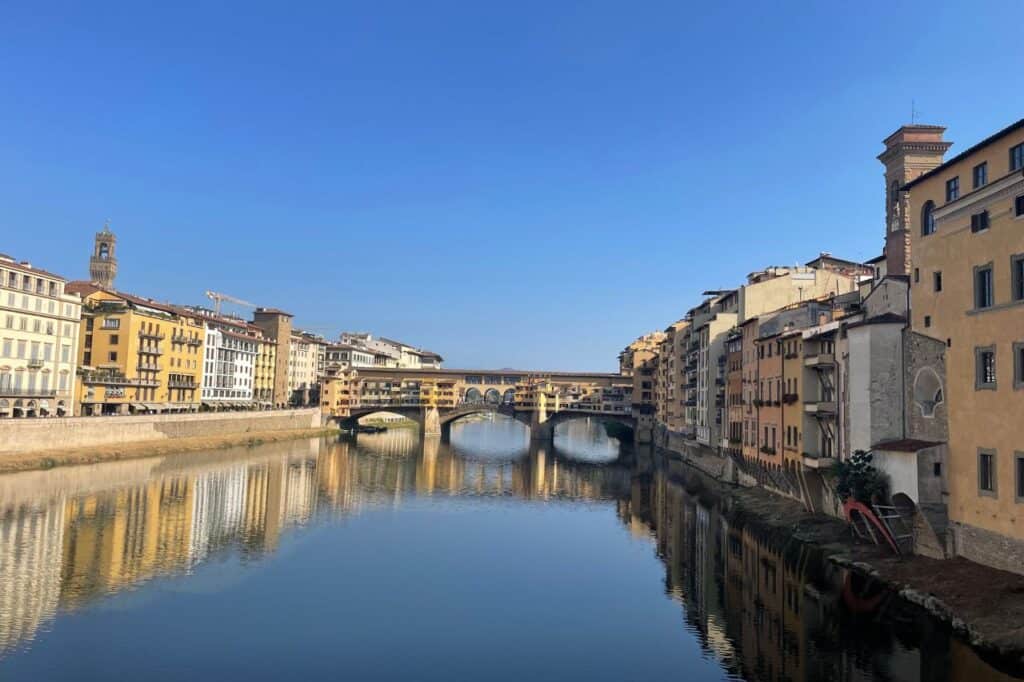
The Charm of Florence
Florence, the birthplace of the Renaissance, is a city that feels like an open-air museum. Its stunning architecture, world-renowned art, and delicious cuisine make it a must-visit destination.
Stroll across the Ponte Vecchio, admire Michelangelo’s David, and lose yourself in the Uffizi Gallery’s masterpieces.
Getting from Florence Italy to Venice Italy
I highly recommend taking the train for its speed and comfort, especially if it is your first time in Italy. The scenic views from the window are a bonus.
If you have extra time and want to explore more of Italy, renting a car and driving through the countryside stopping at small villages is so fun.

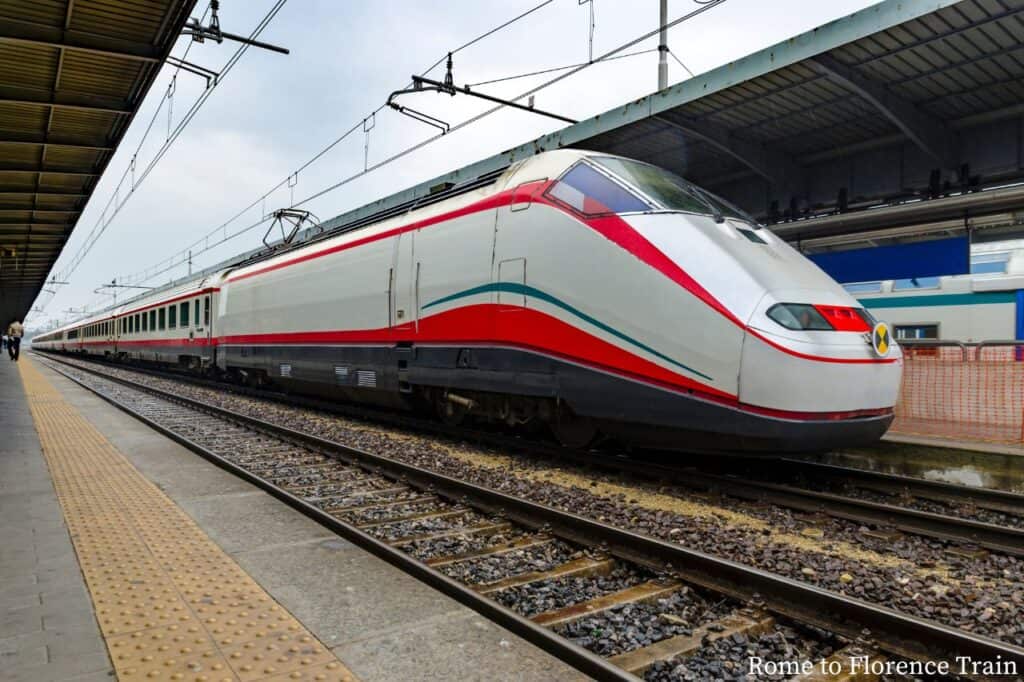
By Train: Fast and Convenient
Trains are the most popular way to travel from Venice Italy to Florence Italy. Italy’s high-speed trains, such as the Frecciarossa and Italo, offer quick and comfortable journeys.
The main train station in Florence is the Santa Maria Novella Station and in Venice, it is the Venice Santa Lucia Station. Both regional trains and Italo trains arrive and depart from both stations.
There are different classes that you can choose from when you book your ticket. Make sure you look for which car your seat is on, before arriving at the train platform. The first-class tickets typically have larger reclining leather seats and more storage for luggage, as well as a snack cart. Both cars typically will have free wifi.
You will see the Venice to Firenze train car numbers usually on the bottom right of each car at the train station. Get into that car, and then look for your seat number. There will be a rack above your head to place your bag and some room near your feet for a small, second bag on the Florence Venice trains.
Duration: 2 hours
Cost: €20 to €70 (varies by class and booking time)
How to Book: Purchase train tickets for all classes and train durations at RailEurope.com
Tips: Book tickets in advance for the best prices and bring cash to pay for drinks and snacks on the train.
Pro Tip for Europe Train Travel:
In most European cities, you sometimes need to validate your train ticket BEFORE you ride. You will find small boxes (they vary in color and size) either before you enter the train platform or inside the bus. Put the ticket inside of the machine and it will stamp it with a time.
Pros of Florence Italy to Venice Italy by Train:
- Frequent departures
- Fast and efficient
- Comfortable seats with amenities
Cons of taking the train:
- The trains can sometimes be delayed
- Can be pricey if booked last minute
Book Your Train or Bus in Advance
I use RailEurope.com to book all of my European Trains. They are reliable and I have never had an issue trying to redeem a ticket at the terminals.
By Bus: Budget-Friendly Option
Buses are a more economical option, with several companies operating routes between Florence and Venice. I don’t prefer the bus as I get car sick on winding roads, but this is a great option for people on a budget.
Duration: 4 to 5 hours
Cost: €10 to €30
How to book: Use BudBud.com to see all bus options in Italy.
Tips: Your bag will go under the bus so make sure you have a second bag with your VIP items at your seat.
Pros of taking the bus from Florence to Venice:
- Direct routes available
- Affordable
- Multiple departure times
Cons of taking the bus:
- Less comfortable than trains
- Longer travel time
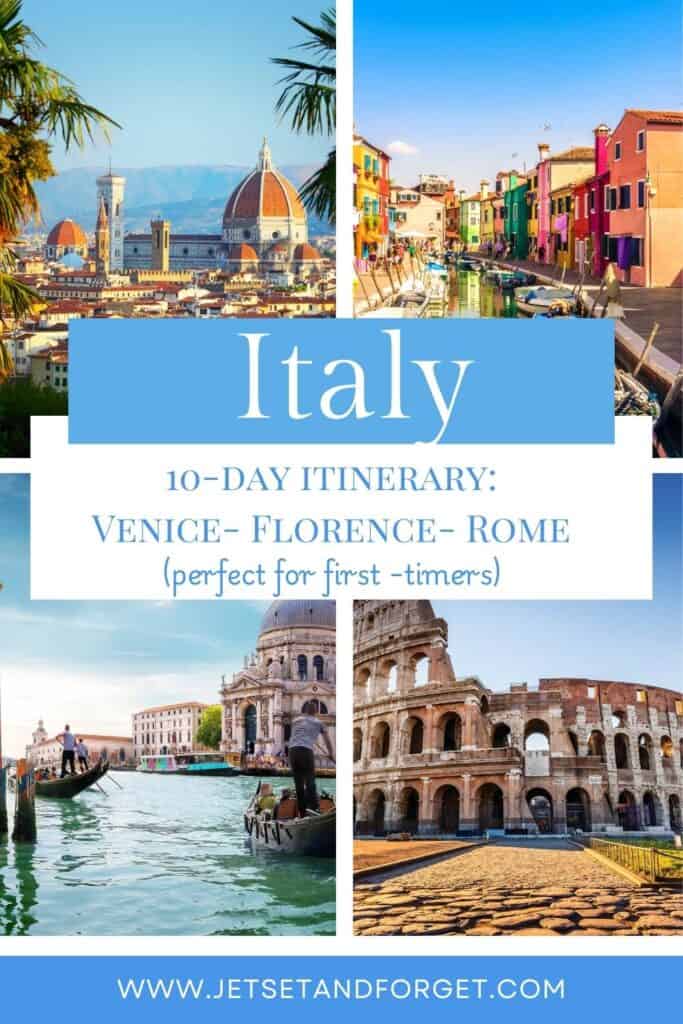
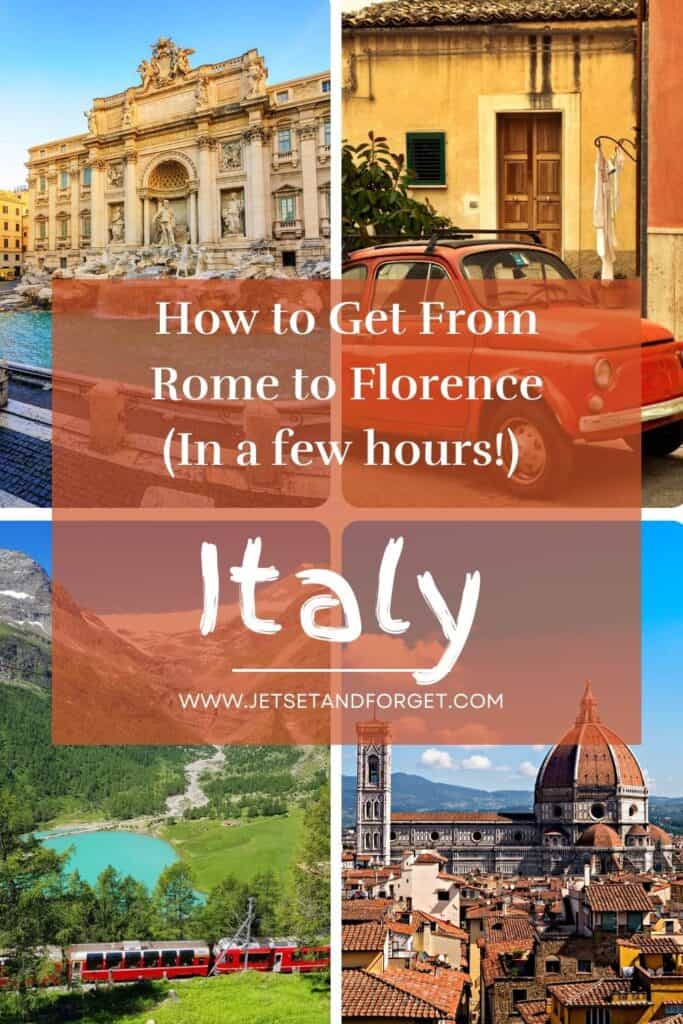
By Car: Flexibility and Scenic Routes
Driving offers the most flexibility and the chance to explore the Italian countryside. Italians drive on the right side of the road in Italy.
Be prepared that most rental cars are manual (stick shift). I usually prefer driving as I like to stop at different towns along the way. However, when traveling from Florence Italy to Venice Italy look for a parking garage before you get into the city. Parking can be very challenging in Florence and impossible in Venuce as cards are not allowed in the city center.
Tolls on the highways do take credit cards, but just in case yours does not work, make sure you bring Euros with you.
There will be a few toll booth options for you to choose from. Some will have a human at the booth and others just have a credit card (CARTE) and cash machine. You can see the options on the Autostrade website.
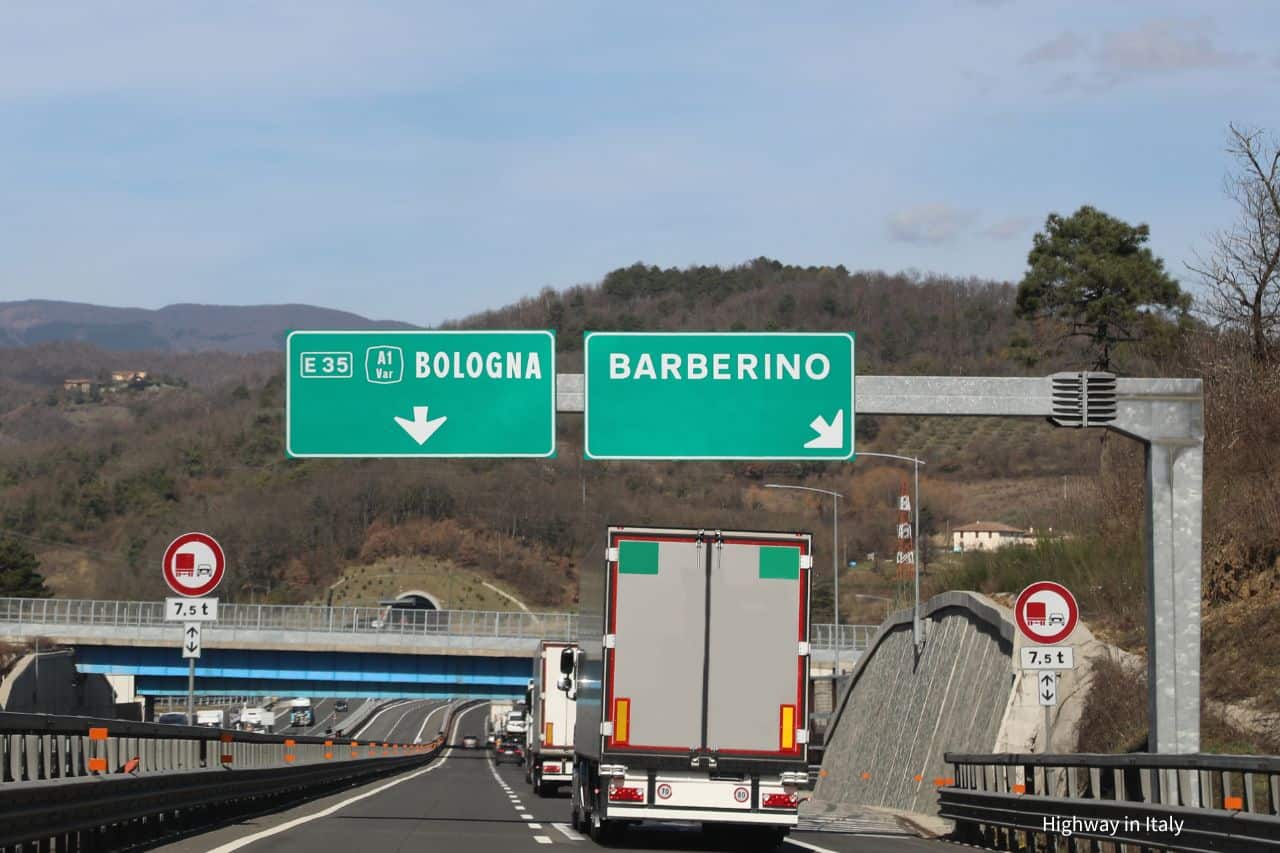
Each gas station is different in Italy so pumping gas can be confusing at first. Some will make you pay before you pump gas and others, you pay after. Some gas stations have an attendant while in others you pump the gas yourself.
My suggestion is to search on maps for an “AutoGrill”. This is the equivalent of a rest stop on the highway. They have food, and drinks and the gas pumps are easy to navigate.
Duration: 3 to 4 hours (depending on traffic and stops)
Cost: €40 to €100 a day (rental and fuel)
How to Book: Use DiscoverCars.com to find rental companies in Italy.
Tips: Use a GPS for navigation or pay for a car mount to see directions on your smartphone.
Pros of driving a car from Florence Italy to Venice Italy:
- Flexibility to stop and explore
- Comfort and privacy
- Enjoy the picturesque landscapes of Tuscany and Veneto.
Cons of driving:
- Traffic and parking can be challenging
- Higher costs for tolls and fuel
Travel Insurance
I suggest using Safety Wing for travel insurance when traveling abroad. I have found their rates to be the best coverage and they have great customer service.
By Plane: Quick but Impractical
Flying is an option but not the most practical for such a short distance. Airports are located outside city centers, adding extra travel time. The Florence is Florence Airport, Peretola (FLR) and the Venice airport is Venice Marco Polo Airport (VCE).
Duration: 1 hour (flight) + additional time for airport transfers
Cost: €50 to €150
How to Book: Search Flight Prices on CheapOair.com
Tips: Only consider flying if you have specific needs or connections.
Pros of flying from Venice to Florence:
- Fast flight time (if you are not delayed)
Cons of flying:
- Expensive
- Time-consuming with airport transfers
Fun Things to Do in Venice
- Full Day: Walking Tour with a Gondola Ride
- Half Day: Street Food Tour with a Local Guide (Favorite)
- Full Day: Boat Tour of Burano, Torcello & Murano with Glassblowing
Best Time to Visit Florence and Venice
Venice and Florence enjoy a Mediterranean climate, with hot summers and mild winters. Here’s a quick look at the weather:
- Spring (March to May): Pleasant temperatures, blooming flowers, and fewer crowds make this an ideal time to visit.
- Summer (June to August): Expect hot temperatures and bustling tourist spots. Great for festivals and outdoor events.
- Autumn (September to November): Mild weather and stunning fall foliage. Perfect for sightseeing and outdoor activities.
- Winter (December to February): Cooler temperatures and fewer tourists. A cozy time to explore indoor attractions.
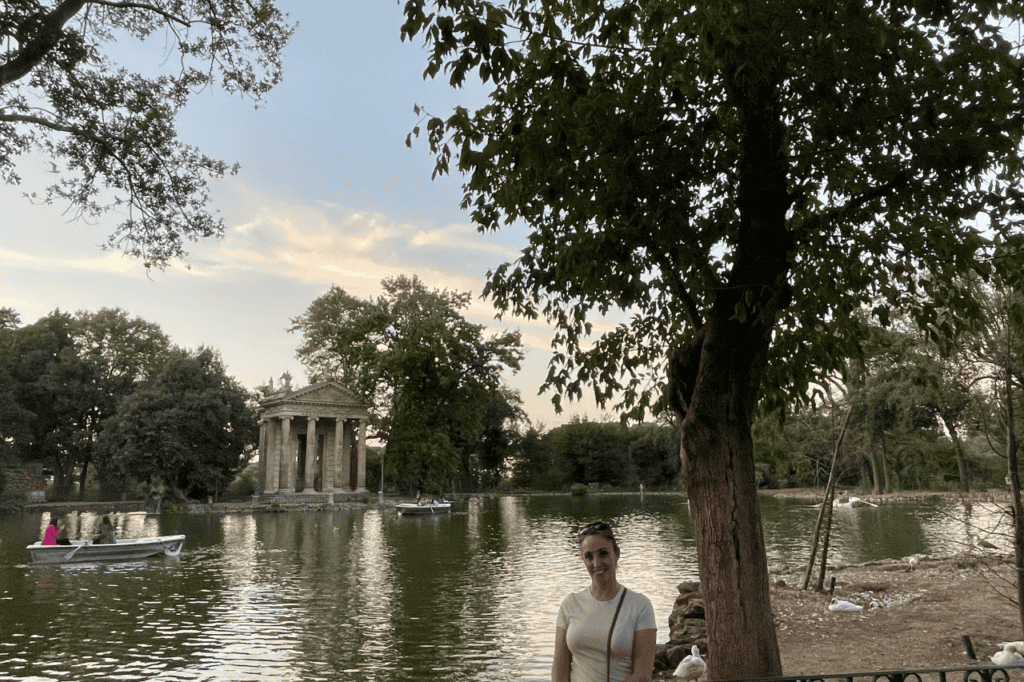
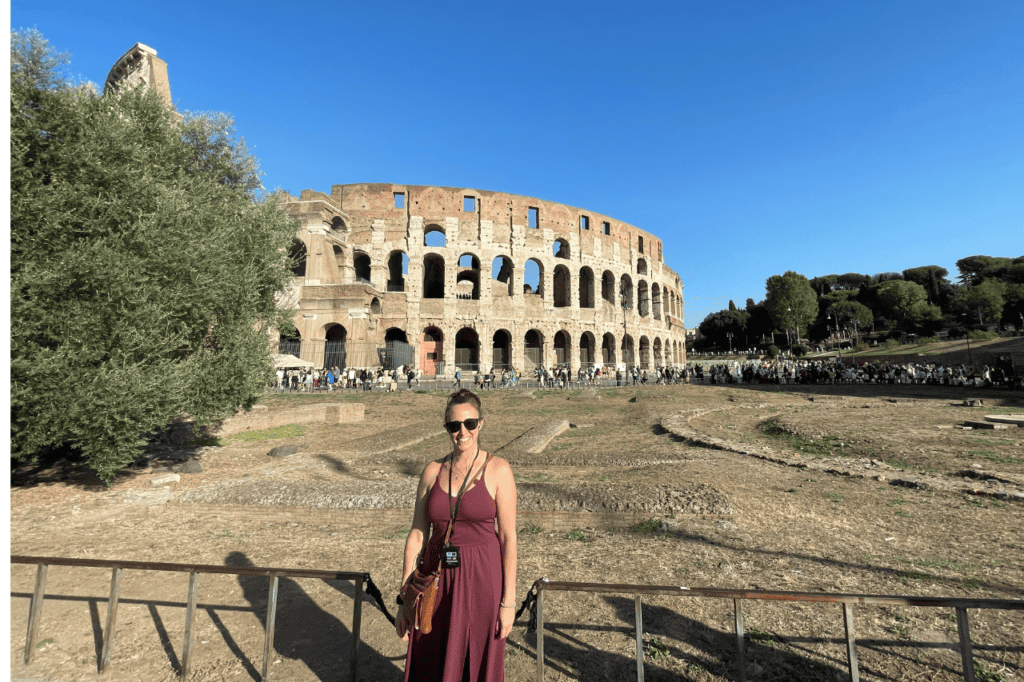
Best Time to Visit (In my opinion)
For the best experience, visit Venice and Florence in spring or autumn. You’ll enjoy pleasant weather and manageable crowds which means that trains will be more reliable.
The summer is super crowded, especially when Jubilee falls on that year (like in 2000). The crowds are less in the Spring and Autumn and restaurants and sights are much less busy.
Fun Things to Do in Florence
- Small Group Wine Tasting Tour to Tuscany (Favorite)
- Walking Food Tour at Sunset with Tastings (Favorite)
- Eco-Friendly Golf Cart City Tour
Final Thoughts on Getting from Florence Italy to Venice Italy
Traveling from Florence to Venice offers multiple options, each with its own advantages depending on your travel style.
Whether you prefer the speed and convenience of the train, the budget-friendliness of the bus, or the flexibility of driving, there’s a way to make the journey memorable. I loved the train ride for its ease, but road-tripping allowed me to explore more of Italy’s beautiful countryside.
No matter how you choose to travel, Venice and Florence are two cities that will capture your heart and leave you with unforgettable memories. Andiamo!
Traveling Tips for Italy
What is the best time of year to visit Italy?
The best time to visit Italy is during the spring (April to June) and fall (September to October) when the weather is pleasant, and tourist crowds are smaller.
Do I need a visa to visit Italy?
If you are a citizen of the EU, USA, Canada, Australia, or Japan, you do not need a visa for stays up to 90 days. Other nationalities may require a Schengen visa.
What is the best way to travel between cities in Italy?
The best way to travel between cities is by train. Italy has an extensive and efficient rail network, with high-speed trains connecting major cities like Rome, Florence, Venice, and Milan.
Can I drink tap water in Florence Italy?
Yes, tap water is safe to drink in Italy. Many public fountains also provide clean drinking water.
What are the tipping customs in Italy?
Tipping is not mandatory in Italy, but it is appreciated. In restaurants, leaving a small tip (around 10% or just rounding up the bill) is common.
How can I avoid tourist traps in Italy?
To avoid tourist traps, venture beyond the main attractions, eat where locals eat, and explore lesser-known neighborhoods or towns.
What should I wear when visiting churches in Italy?
When visiting churches, dress modestly. Shoulders and knees should be covered, and hats should be removed inside the church.
How can I stay connected to the internet while traveling in Italy?
You can stay connected by purchasing a local SIM card, using an E-sim like Airalo, or relying on Wi-Fi, which is available in most hotels, cafes, and public spaces.
Do I need to know Italian to travel to Italy?
While many Italians in tourist areas speak English, learning a few basic Italian phrases can enhance your experience and help in more rural areas where English may not be widely spoken.
Visiting Europe? Here are my Guides:
